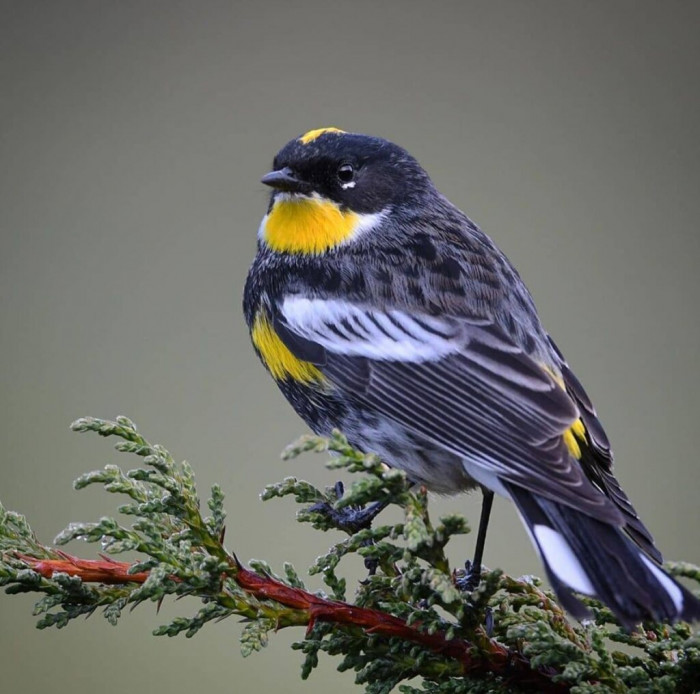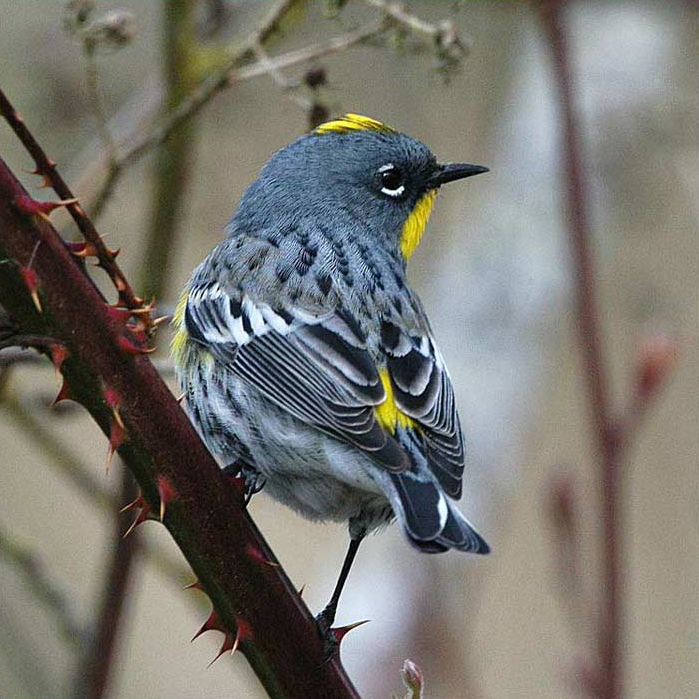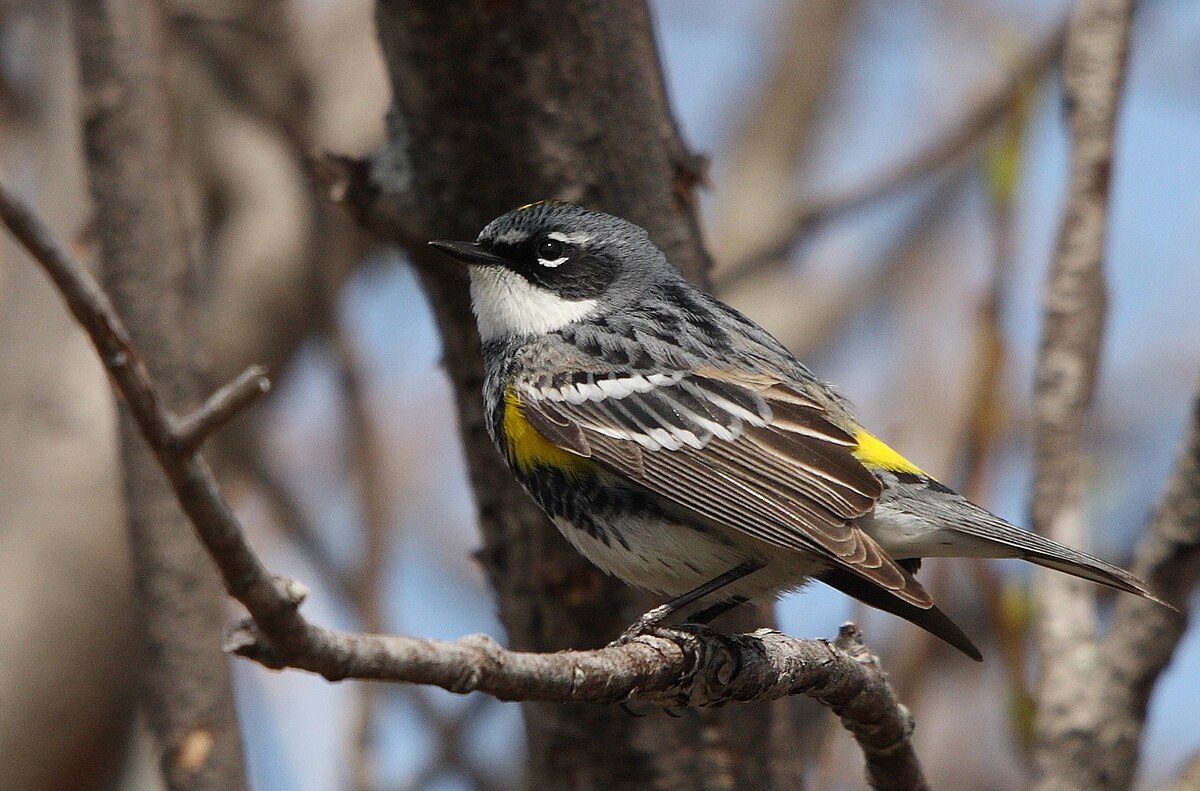A lot of birds have truly beautiful color patterns. Today, we’re looking at a species of bird with conspicuous yellow patterns that contrast with black and white.
Meet the Goldman’s Warbler. This bird living in North America can be found around the continent.
Goldman’s Warblers generally like living in coniferous forests (where spruces, pines, larches, and firs primarily grow) or forests with a mix of coniferous and deciduous trees. Their population is dense in the continent’s northern areas during the breeding season and then in winter, they migrate to the southern parts.
Their diet is very much the same as most birds. It typically includes insects.
They will look through leaves and twigs for food. To look for insects, they will fly around the foliage.
During the breeding season, it is common for males to forage than females. Then in winter, foraging is done in flocks.
They also eat caterpillars and other insects such as aphids, grasshoppers, beetles, and gnats. They feed on spiders as well.
They do eat fruits, such as juniper berries, too. This is especially true during the winter season.
We have compiled pictures of these adorable birds. If you’re ready to appreciate the beauty of these birds with yellow splashes on their feathers, take a look at the images below.
This is the yellow-rumped warbler (or Setophaga coronata).
They are typically seen across the entire continent.
During the summer, the two forms of the male Yellow-rumped warbler have backs streaked with black on blue-grey with white patches on the wings. Their breasts are streaked with conspicuous yellow.
The passerine bird, Audubon’s warbler, also has a yellow patch on the throat. Then the Myrtle warbler features a white color on the throat section and a stripe of white on the eye contrasted by the black patched cheek.

The females of the two species look closely like the males, but they are streaked with brown at the front and back, with apparent yellow rumps.

Generally speaking, the color of the females are duller than the males.

Yellow-rumped warblers build deep bowl-shaped nests made of bark, twigs, and other fibre.
It features a rim that surrounds the entire bowl. It is made of softer materials such as hair, feathers, and grass.
This is formed to become a shield from predators. The females lay four to five eggs in the nest.
The incubation lasts for 12 to 13 days. Once the eggs hatch, the babies are brooded for a period of 10 to 14 days, and they fledge at this point.
![[Ornithology • 2016] Genomic Variation Across the Yellow-rumped Warbler (Setophaga coronata) Species Complex - Species New to Science](https://2.bp.blogspot.com/-6brIOjOVA5M/V7-jHDM0hMI/AAAAAAAA6kA/ic2HwgEqulgVYAoY0sAPDkoZavMIQjDRgCK4B/s1600/Setophaga_coronata-species_complex-2016_Toews-Brelsford-Grossen-Mil%25C3%25A1-et-Irwin.jpg)
Since the range of the population of these birds is large, their numbers are relatively stable.
The IUCN has set standards in which they consider species vulnerable. So far, the yellow-rumped warblers have not reached the thresholds.
IUCN stands for International Union for Conservation of Nature. They set quantitative criteria to determine if certain species are nearing extinction.

When it comes to behavior, these warblers are territorial during the breeding season.

Once they arrive on their breeding grounds, the males form their territories.

Source: https://dailysquared.com/goldman-warbler?utm_source=thakur&utm_medium=animalkingdom_vc&utm_campaign=11569&utm_content=gaad








